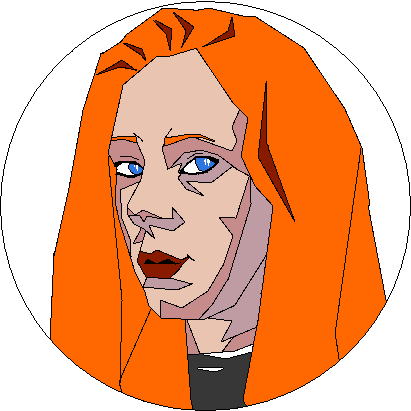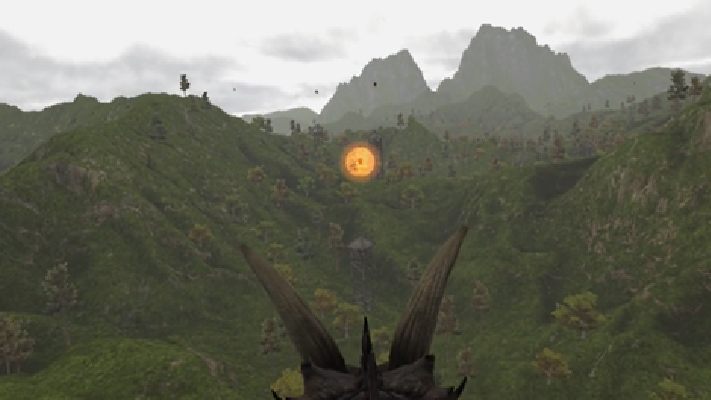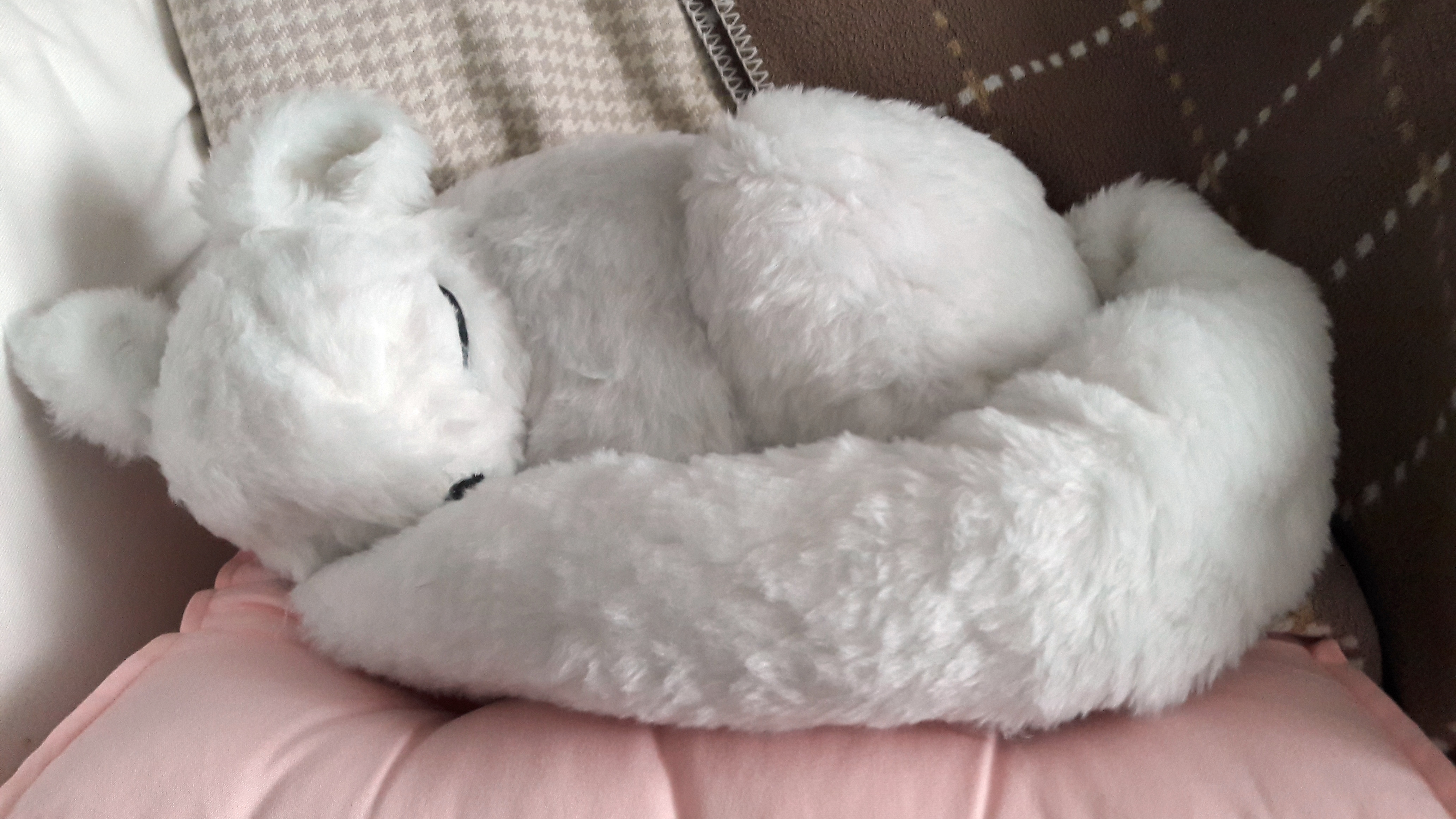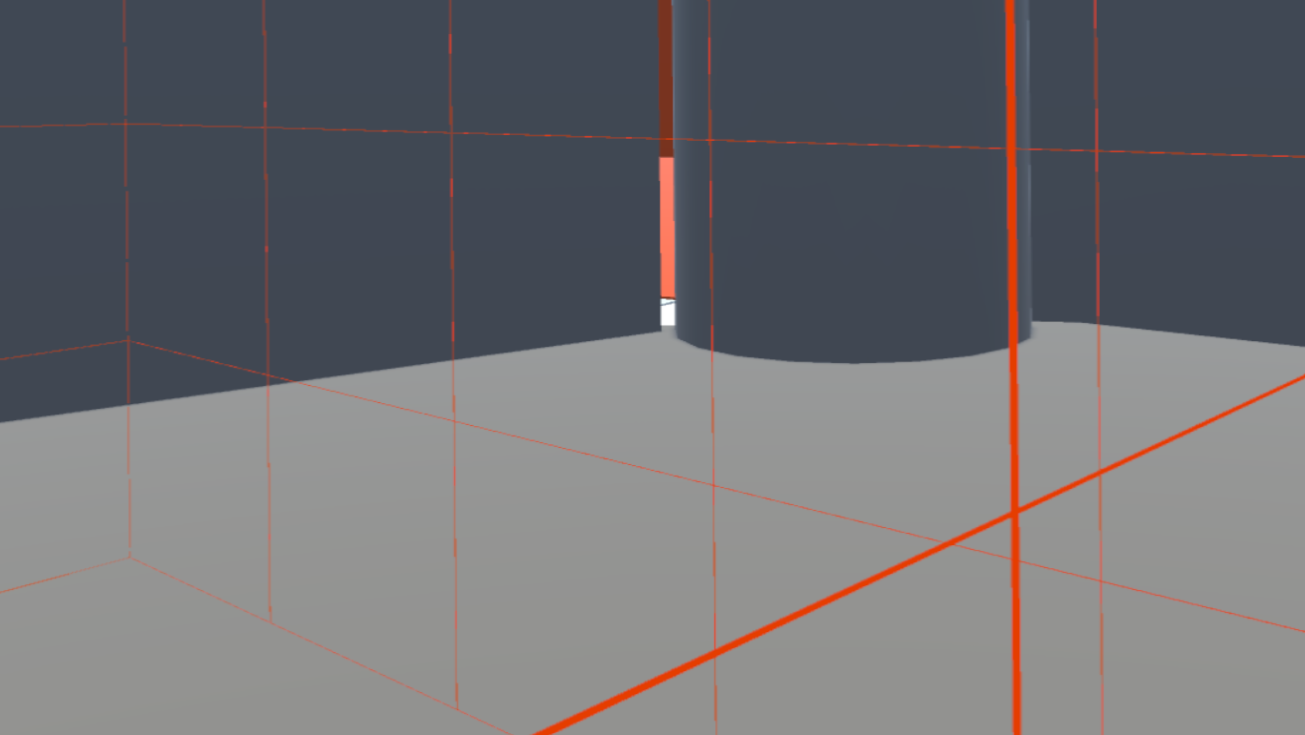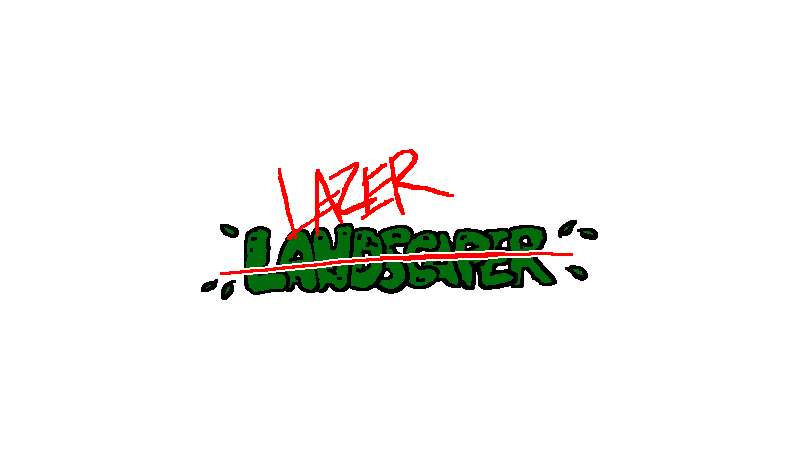Does the Uncanny Valley Have an Influence on the Perception of Hand-Based Interaction in VR?
Virtual Reality technologies and applications are getting progressively more common in many areas.
Many of these applications use an avatar that represents the user in the virtual world.
Many of these applications use an avatar that represents the user in the virtual world.
One problem with the representation of artifcial human bodies is the Uncanny Valley, a phenomenon that arises when people feel uncomfortable when observing near realistic depictions of human faces, bodies or body parts.
This thesis evaluates virtual representations of a user's hands in a virtual environment in relation to the realism of the virtual hands.
A number of 3D hand models varying in their grade of realism were evaluated in an experiment in which the user's real hands were tracked using a Leap Motion controller.
Each hand model was used in an interactive task in a virtual environment and rated by the users in categories such as likeability, familiarity and their feeling of ownership and agency. User performance was also measured.
Each hand model was used in an interactive task in a virtual environment and rated by the users in categories such as likeability, familiarity and their feeling of ownership and agency. User performance was also measured.
The results show better ratings for the realistic hands in the categories of pleasantness and feeling of agency but no signifcant differences in familiarity, indicating that no Uncanny Valley effect occurs.
This means that choosing a realistic representation for the user's hands in an interactive task that utilizes hand tracking results in a better user experience.
This means that choosing a realistic representation for the user's hands in an interactive task that utilizes hand tracking results in a better user experience.
